Waterjet cutting delivers ultra-high water pressures ranging from 60,000 psi up to 90,000 psi. And while the incoming water is not under high pressure, the jet stream produced by the pump is, and needs to be routed with specialized high pressure tubing and high pressure tubing fittings for both safety and performance.
Ultra High Pressure Tubing
High Pressure Tubing is constructed of high strength stainless steel, via a seamless cold draw process. The high pressure tubing has high yield strength (the stress at which a piece under strain is deformed) and high tensile strength (the stress at which a piece can bear without tearing apart.) This strength is required as elongation of the tubing is a result of the high water pressure created as the pump cycles. An additional process, Autofrettage, is often performed on thick walled high pressure tubes and fittings in order to improve the fatigue life of components at pulsating pressure.
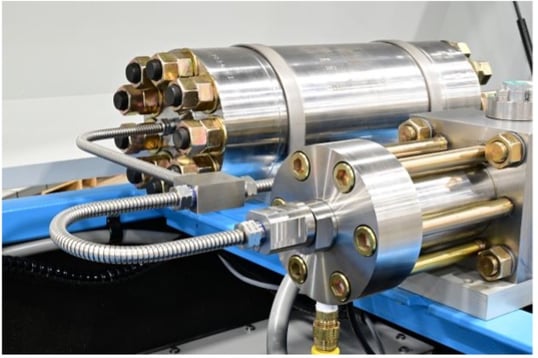
High pressure water delivered from the intensifier to the attenuator.
 Tubing Specifications
Tubing Specifications
- High Pressure Tubing: pressures to 65,000 psi (applies to most waterjet applications) are sold in 1/4”, 3/8”, 9/16” OD’s.
- Ultra High Pressure Tubing: pressures to 101,000 psi are sold in 1/4” and 3/8”OD’s
- Tubing Lengths: generally sold in random lengths from 20-25 ft (6-8 meters)
CRITICAL Safety Warning – High pressure valves, high pressure tubing connectors, high pressure fittings and high pressure tubing must all be rated with the same pressure rating and all components must be rated to the highest pressure your system can achieve.
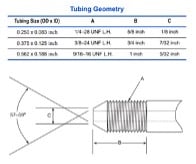 Tubing Preparation
Tubing Preparation
Tubing needs to be cut to length and usually has coned and threaded ends, requiring a collar and gland for connection. Coned and threaded connections are a safe and reliable option for high, and ultra-high-pressure tubing, offering a secure fit and durability to withstand extreme process conditions. There are both manual and automated methods to produce the coned and threaded ends.

High pressure tube, coned and threaded for connection.
Tube Bending
The high pressure water needs to be delivered safely from your high pressure waterjet pump to the cutting head mounted on your motion system. The path the high pressure line is routed should be as short as possible and have the fewest bends required. However, it is inevitable bent tube will be required. Always use a bending tool with a form die that allows for the proper bending of HP tubing.
High Pressure Line
The required linear inches of tubing needs to be estimated by taking into account the pump and cutting head location and then the number of bends, connections and valving required inline. Since the plumbing usually is some distance away from the cutting system and has to be raised to cutting head height, hangers will be required to safely suspend the tubing. It is best to draw out the high pressure plumbing line with dimensions, connector, valves, etc. in order to confirm sizing and bend requirements. Once drawings are produced, the tube may be bent per the specifications.
Stainless Steel High Pressure Tubing
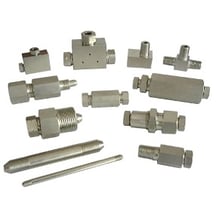 Common High Pressure Tube Fittings
Common High Pressure Tube Fittings
High Pressure tubing requires connectors, valves, pressure gauges and more to complete a high pressure plumbing system. Below is an overview of the fittings and usage. Remember, high-pressure valves and tubing must be used with fittings with the same pressure rating and all components must be rated to the highest pressure your system can achieve so check your ratings carefully.
Connecting Your High Pressure Line
When joining a high pressure line to a nipple, valve, reducer, etc. a stainless steel collar and gland nut are used. To form a seal capable of containing high pressures, a metal to-metal seal must be established. Note that tubes and connectors are coned and threaded prior to bending and before connections are joined. The tip of the tubing is forced into a countersink at the opening of the pressure passage hole. The compression fit is created through the high pressure tubing coned with a chamfered tip and left hand thread, a collar (sleeve) and a gland nut. Assembled properly, tightening the gland into the female port will exert pressure on the collar, forcing the tip of the tubing into the seat at the bottom of the female port and creating the high pressure seal.
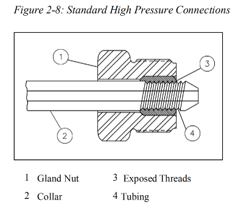
Note in the figure to the right, the high-pressure tubing thread is not what makes the seal. Instead, the screw threads force the parts together to make a metal-to-metal seal. The threads are only used to hold the pieces in place. Once in place, the cone of the tubing fits inside a negative cone in the mating piece.
High Pressure Stainless Steel Nipples

If the high pressure lines have to run longer than the tube length, the lines can be joined using a stainless steel nipple. Both ends of the nipple have a pipe inlet and are resistant to high pressure and corrosion conditions.
 Needle Valve
Needle Valve
A needle valve is a manual valve with a small port and a threaded, needle-shaped plunger. The plunger features a small handle to operate in easy and precise operation of the valve. When fully attached, the extended end of the valve fits exactly into the seat. Needle valves are positioned in the plumbing system to isolate sections from water during service.
High Pressure Gauges
The high pressure gauge enables the operator to monitor the pressure levels being delivered to the waterjet through the high pressure tubing system. These are installed in line on your high pressure system, located near the cutting head to confirm the desired pressure is being achieved.
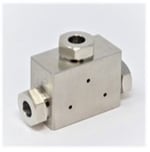
Elbows, Tees, and Crosses
Elbows, tees and crosses are used for 90 degree bends, simplifying the tube bending requirements. They are specified by tubing size and the pressure rating of the high pressure system.
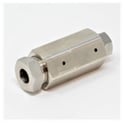 Adapters, Reducers, and Couplers
Adapters, Reducers, and Couplers
Reducers and couplers are used to join high pressure tubing lines. They are also specified by tubing size and the pressure rating of the high pressure system.
Protective Sheathing
 Always wrap your high pressure lines in flexible, protective sheathing. This is an important safety item and is designed to avoid accidental damage directly to the high pressure tubing line.
Always wrap your high pressure lines in flexible, protective sheathing. This is an important safety item and is designed to avoid accidental damage directly to the high pressure tubing line.
Pipe Hangers and Brackets
Your high pressure line will move as the pump cycles and water pressures fluctuate. Make sure your line is secured so as not to create additional stress points in the system.
Other Connectors
A host of additional stainless steel high pressure fittings are available that include plugs, high pressure filters, adaptors and specialty tools for coning and threading and tube bending.
Best Practice Tips
CONSULT A PROFESSIONAL BEFORE YOU BEGIN ANY WORK
- Plan your work – layout your high pressure line installation with full dimensions (lengths and angles), valves and connectors.
- Cut tube to length, bending, coning and threading as required per your design.
- Do not over-tighten the components. You do have to make it tight enough to allow it to have a basic metal to metal seal, but you don’t have to use a lot of force to do it.
- Use a proper lubricant, like Blue Goop to join connectors.
- A small piece of dirt between the cones can scratch it, or otherwise prevent the seal from occurring. Again, cleanliness reduces maintenance.
- If you find that you do need to put a lot of torque on the fittings to make a seal, then something is wrong, such as a scratch, bend, or piece of dirt interfering with the seal. Another possibility is that the cones are not properly touching due to improper assembly of the high pressure seal.
- If you have a leak, fix it soon. Otherwise, the leak will erode the components that make the seal, and you will have to replace it.
Jet Edge Does Custom Tubing
Since 1984, Jet Edge has been designing and manufacturing Ultra-High-Pressure Water jet technology that doesn't back down. Our highly trained installation staff has literally done hundreds of high pressure system installations of water jet cutting machines and high pressure pumps.
Let us know and we can either do it for you, get you all of the materials you need to do the job and provide supporting information to make it easier for you to do it yourself.
Visit also our Resource Center to learn about how we can help and view our important blog topic: FLUSHING THE HP WATER SYSTEM.
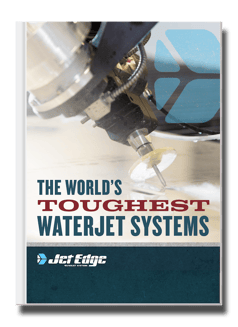
Check Out Our Digital Brochure!
Since 1984, Jet Edge has been designing and manufacturing Ultra-High-Pressure Water jet technology that doesn't back down. Our systems are used around the world in a broad range of industries from the world's leading airlines, to automotive, aerospace and industrial manufacturers, and machine job shops.
To learn more about the Jet Edge difference, our water jet motion systems, pumps and much more, click the button "Download Brochure" to get it now!

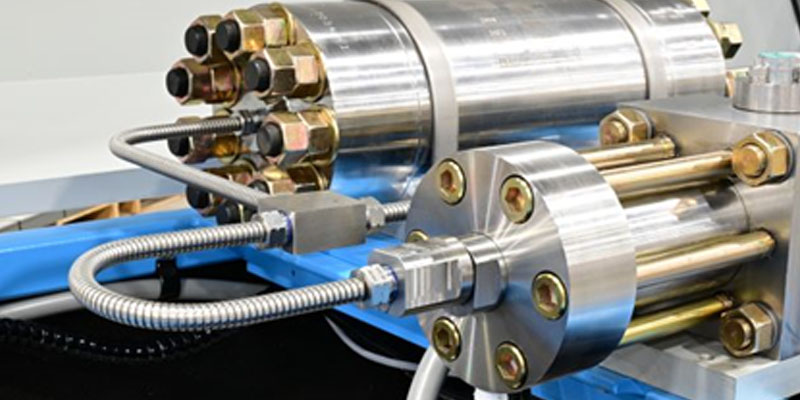


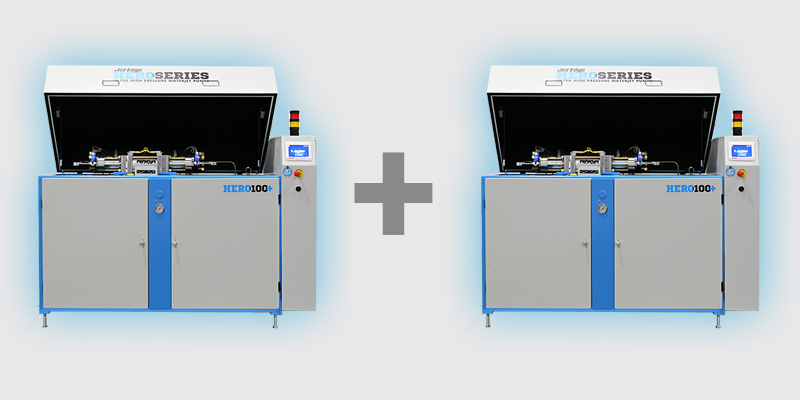

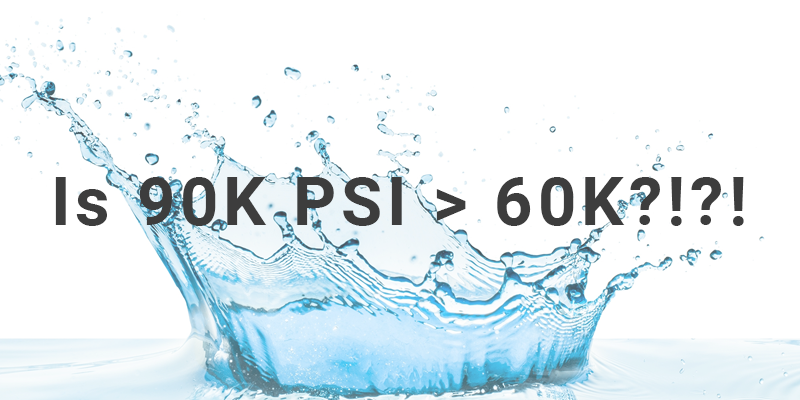
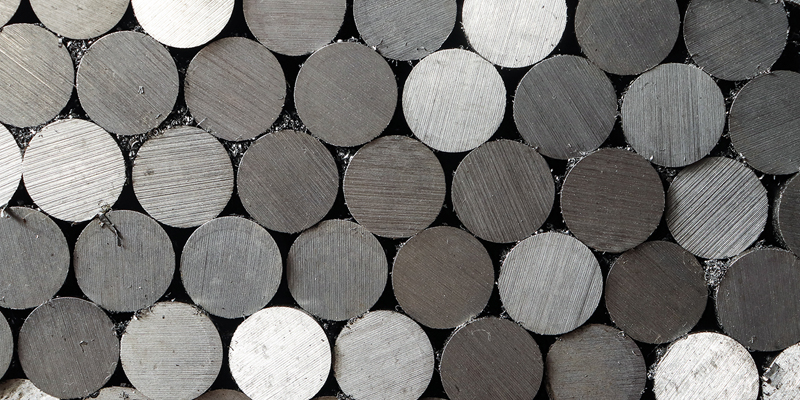
%20-%20Jet%20Edge%20Waterjets.png)



